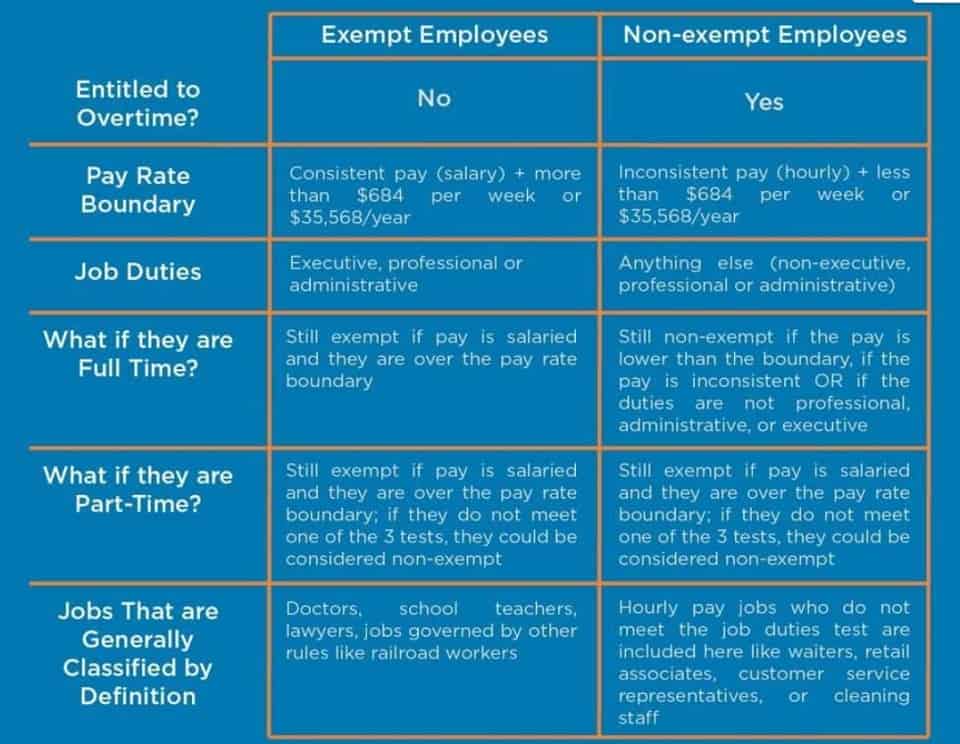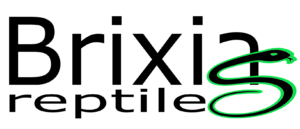Understanding Your Schedule K1 Form 1065
It’s crucial to get this information right, as it directly impacts your personal tax return. However, the process can be intricate and varies based on factors https://www.bookstime.com/articles/accrual-to-cash-conversion like percent ownership, type of entity, and specific tax codes. In addition to income, Schedule K-1 may also provide deductions and credits to the recipients.
How does Schedule K-1 affect personal taxes?
- The maximum penalty is $3,783,000 for all such failures during a calendar year.
- The manner in which you report such interest expense depends on your use of the distributed debt proceeds.
- The maximum special allowance for which an estate can qualify is $25,000 reduced by the special allowance for which the surviving spouse qualifies.
- To ensure that you are not sending the wrong information to the wrong partner, add the appropriate member ID number (possibly a social security number), name, and address at the top of Part II.
- If you own a business by yourself, either incorporated or as a sole proprietorship, then your business won’t issue a K-1.
- Use the amount the partnership provides you to figure the amount to report on Form 3468, Part IV.
A section 743(b) adjustment increases or decreases your share of income, deduction, gain, or loss for a partnership item. For example, if the partnership reports a section 743(b) adjustment to depreciation for property used in its trade or business, report the adjustment on Schedule E (Form 1040), line 28, in accordance with the instructions k1 meaning for box 1 of Schedule K-1. For information on precontribution gain or loss, see the instructions for box 20, code W. For information on distributions subject to section 737, see the instructions for box 19, code B. If you’ve contributed property with a built-in gain or loss during the tax year, the partnership will check the “Yes” box.

S Corporation Schedule K-1
This website provides preliminary and general information about the Securities and is intended for initial reference purposes only. This website does not constitute an offer to sell or buy any securities. No offer or sale of any Securities will occur without the delivery of confidential offering materials and related documents. This information contained herein is qualified by and subject to more detailed information in the applicable offering materials. Yieldstreet™ does not make any representation or warranty to any prospective investor regarding the legality of an investment in any Yieldstreet Securities.
- If you make this election, these items aren’t treated as adjustments or tax preference items.
- One of the most common mistakes when filling out Schedule K-1 is providing inaccurate information.
- This information is provided for persons that aren’t U.S. persons, who are generally required to treat dividend equivalents as U.S. source dividends, and domestic partnerships with partners who may need this information.
- If you didn’t materially participate in the activity, use Form 8582 to determine the amount that can be reported on Schedule E (Form 1040), line 28, column (g).
- On a separate line, enter “interest expense” and the name of the partnership in column (a) and the amount in column (i).
- Corporate partners aren’t eligible for the section 1202 exclusion.
Schedule K-1 Simplified: A Concise Explanation Of The Federal Tax Form
Generally, you may be allowed a deduction of up to 20% of your net qualified business income (QBI) plus 20% of your qualified REIT dividends, also known as section 199A dividends, and qualified PTP income from your partnership. The partnership will provide the information you need to figure your deduction. A section 42(j)(5) partnership will report recapture of a low-income housing credit with code F. All other partnerships will report recapture of a low-income housing credit with code G.
Creality Unveils Revolutionary K1 Series and Celebrates Milestone 9th Anniversary (Ad) – All3DP
Creality Unveils Revolutionary K1 Series and Celebrates Milestone 9th Anniversary (Ad).
Posted: Sun, 09 Apr 2023 07:00:00 GMT [source]
Certain entities and partnerships file Schedule K-1 forms with the IRS and issue them forms to partners and shareholders. While individual taxpayers typically don’t file K-1 forms, you can use the information you receive from a K-1 on your personal income tax return. They include Schedule K-1 information about each shareholder’s share of income, losses, deductions and credits. For example, a partnership must prepare its taxes- its partnership tax return – before it sends out the K-1s to the partners. Consequently, K-1s are often received much later than other tax forms.

Lascia un Commento
Vuoi partecipare alla discussione?Sentitevi liberi di contribuire!